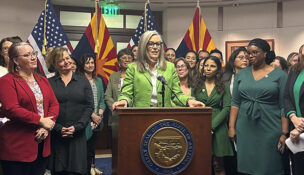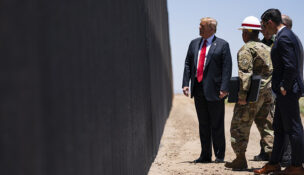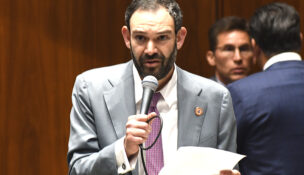When conventions mattered, and why they still do
Arizona Capitol Reports Staff//August 20, 2008//[read_meter]
When conventions mattered, and why they still do
Arizona Capitol Reports Staff//August 20, 2008//[read_meter]
When Barack Obama and John McCain accept their party's presidential nominations at raucous, overflowing convention arenas in Denver and St. Paul, the 20 million or so viewers watching on television may...
No tags for this post.

















